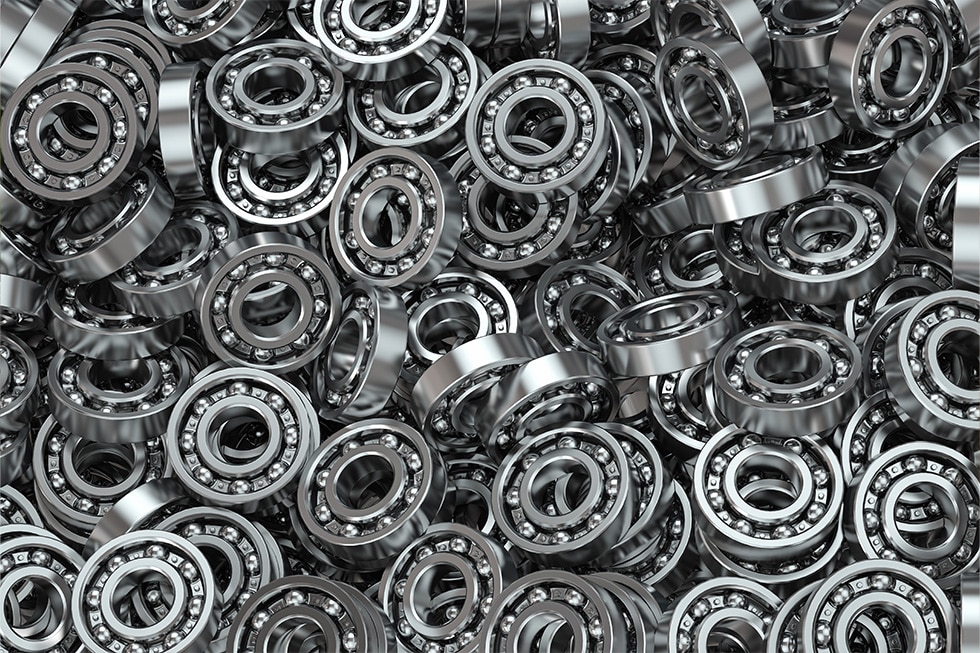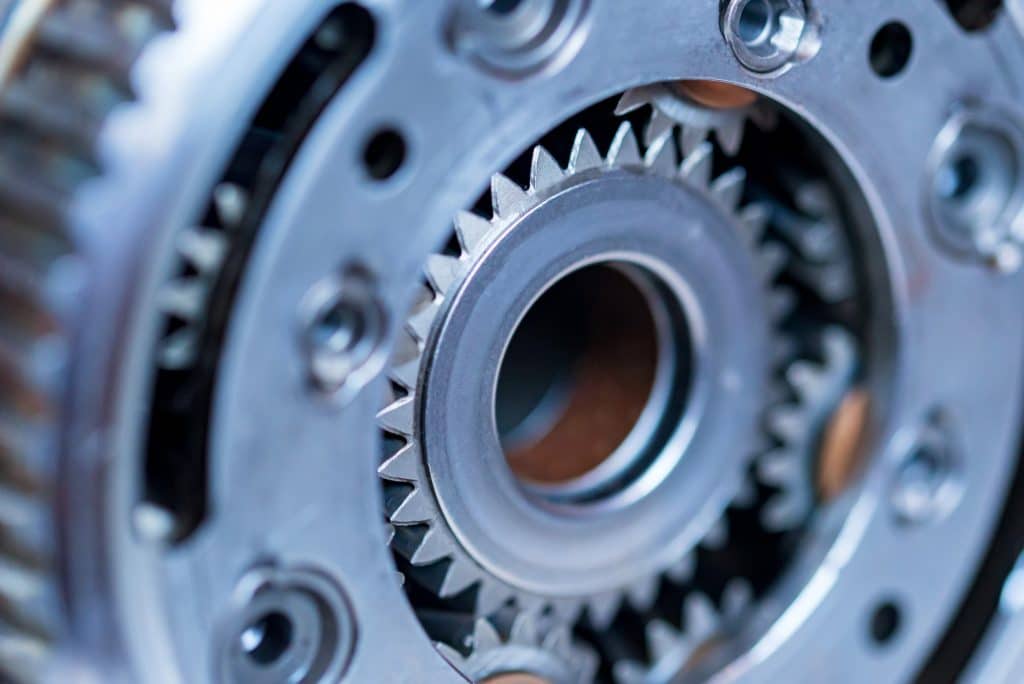
Metal contact fatigue is a condition in which two metal surfaces that come into contact repeatedly develop internal cracks that lead to surface pitting. It often affects curved surfaces like ball bearings and roller bearings, causing them to lose their smooth-gliding properties. Ultimately, a part or device that is affected by contact fatigue can suffer a catastrophic failure.
Items that are prone to contact fatigue typically cannot be shielded from it completely. It is simply a consequence of the forces they must face as part of their function. However, there are steps that product designers, manufacturers, and users can take to help minimize contact fatigue and its consequences.
These actions are well worth the effort involved, especially when considering what is at stake. When contact fatigue is not addressed, metal parts and devices wear out more quickly, increasing repair and replacement costs for the companies that use them. Plus, depending on how an item is used, catastrophic metal failure can create the risk of cascading property damage and also personal injury.
Design Changes That Minimize Contact Fatigue
Using ball bearings as an example, there tends to be a significant amount of variation in a group of bearings regarding how long it takes each to fail as a result of contact fatigue. Some bearings survive significantly longer than others. The goal of designers and manufacturers is to make changes that move the average life expectancy of bearings to the high end of the spectrum.
Three characteristics that affect ball bearing lifespan are:
- Material microstructure
- Geometry
- Surface finish
One action that can help increase lifespan is creating ball bearings that have greater homogeneity in their microstructure. The higher the consistency of the material throughout a bearing, the less prone it will be to contact fatigue.
Another step toward resisting contact fatigue is to increase the precision of a ball bearing’s shape. Any variations from the design specifications can increase the amount of contact fatigue that a bearing experiences and shorten its life. In high-speed operations that produce higher centrifugal forces, reducing the mass of ball bearings can reduce the stress on them and extend their fatigue life.
Finally, ensuring that a ball bearing’s surface finish is as smooth and strong as possible helps prevent contact fatigue and metal failure. This can be achieved by applying a chromium coating to bearings. The hardest metal, chromium can be applied in extremely thin layers that provide outstanding protection. Incorporating this layer into the design and manufacture of bearings means that they come off the production line with their useful life already extended well beyond that of uncoated versions.

How Users Can Help Reduce Contact Fatigue
With the design changes noted above having been made—along with any others appropriate for a specific item—there are steps that users can take to further minimize contact fatigue in metal ball bearings and other parts, tools, and equipment. For example, ensuring that the proper amount of the right lubricant is maintained on contact surfaces is very important.
In addition, taking accurate measurements of the contact stress being encountered by the parts in question and then reducing that stress as much as is feasible can also reduce contact fatigue and lower the risk of metal failure.
Metal Part Replacement Is Inevitable—Failure Is Not
Maybe the most important step in minimizing contact fatigue is realizing that while ball bearings and other metal components will eventually have to be replaced or repaired, they do not necessarily have to fail.
Improving both the design of these parts and how they are protected during use can greatly extend their useful life. They will ultimately start to develop signs of wear, of course, despite a user’s best efforts. That is an unavoidable aspect of metal assets.
However, if, in addition to design and use changes, a regular inspection regimen is implemented, problems can be identified when they first develop and monitored until they reach a point where they must be addressed. This point can be well before the risk of catastrophic failure arises.
Proper design (including a chromium coating) + careful use + ongoing monitoring = long life and greatly reduced risk of failure. That is an equation that benefits everyone!